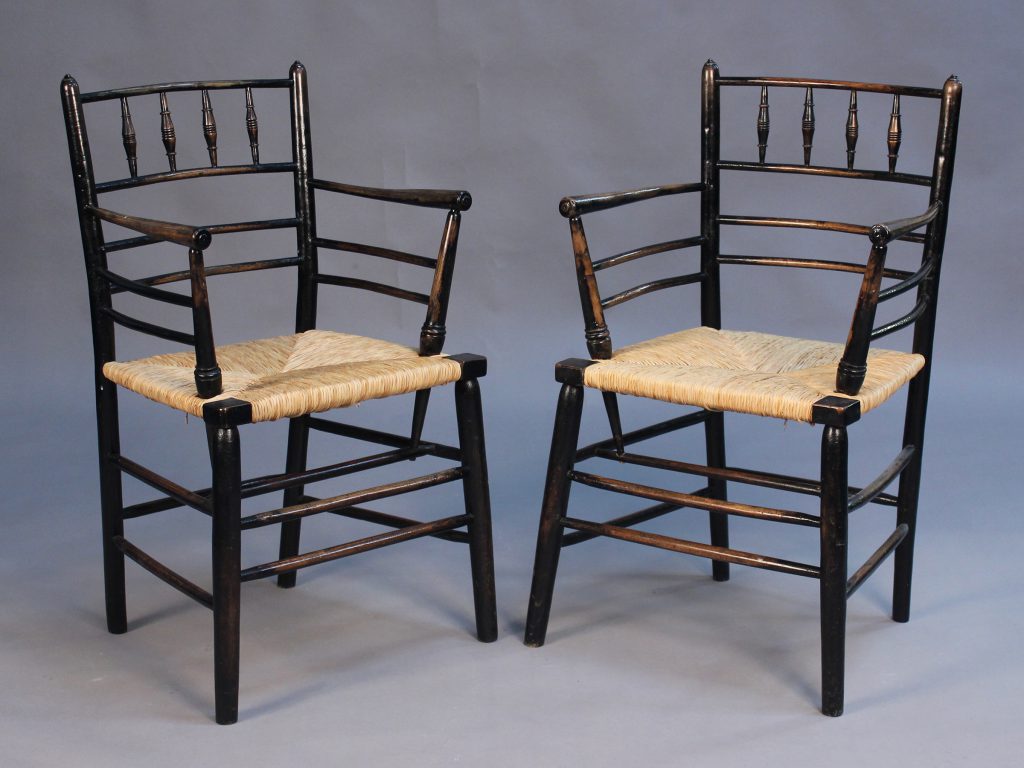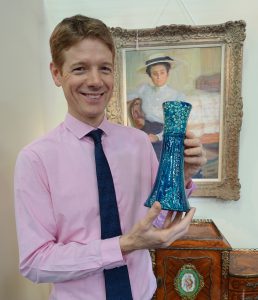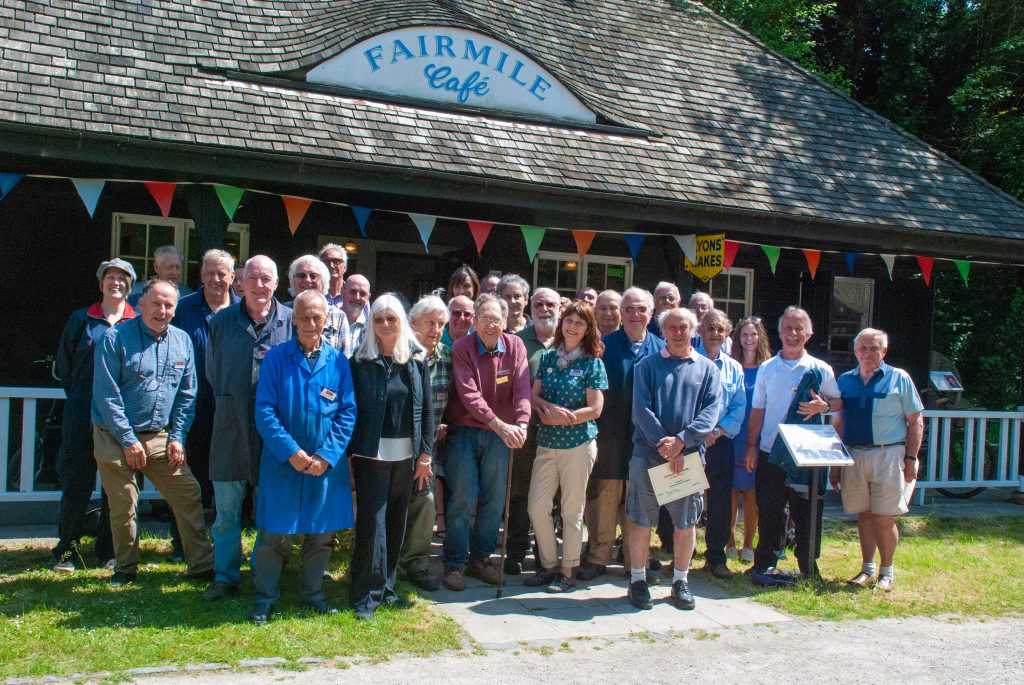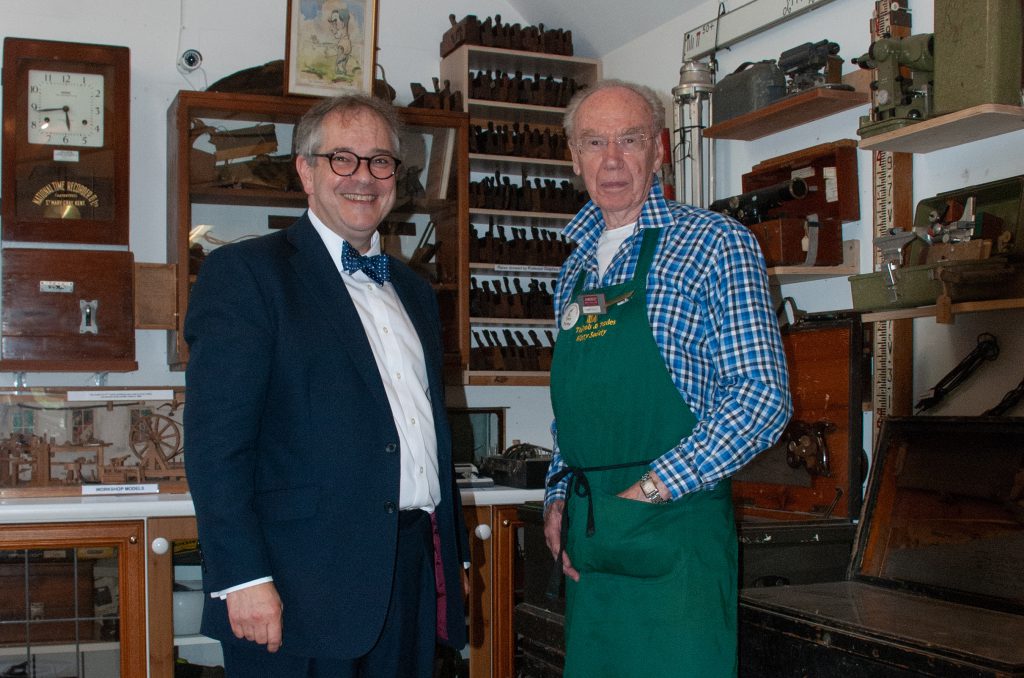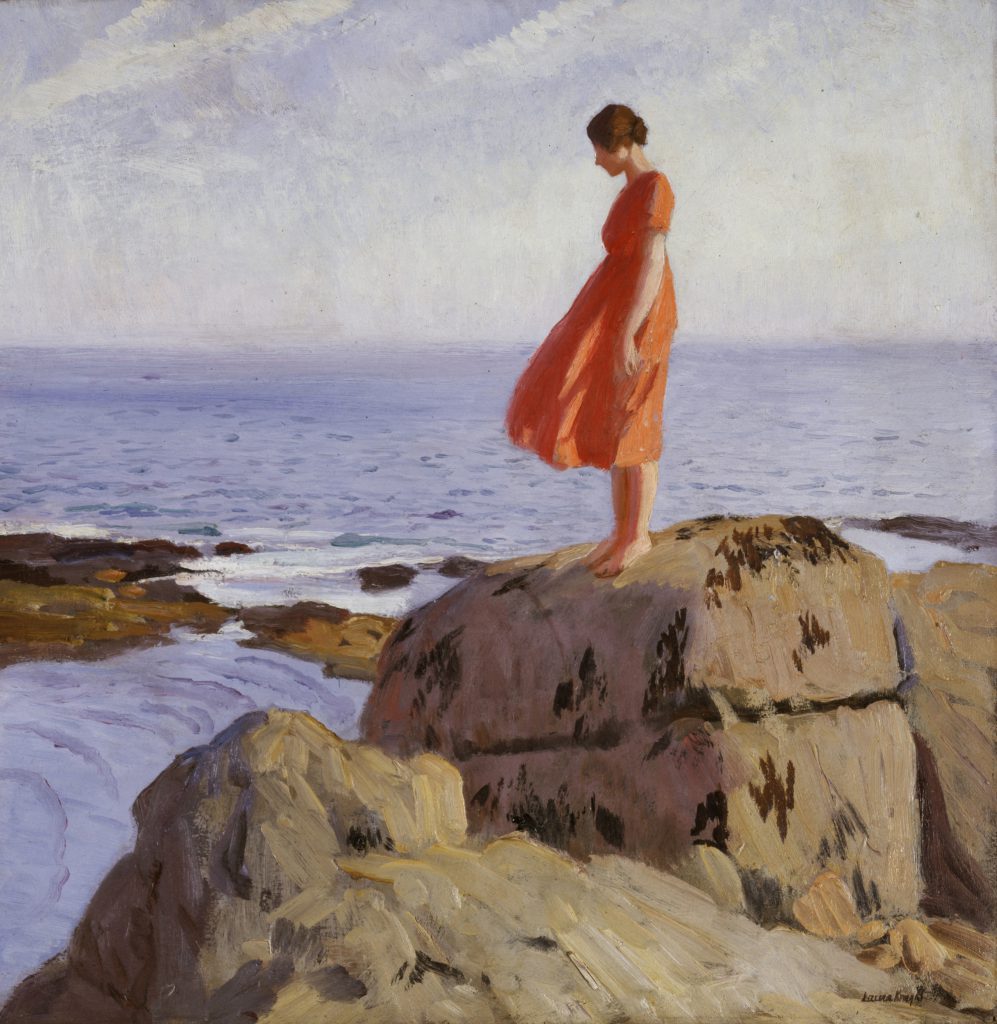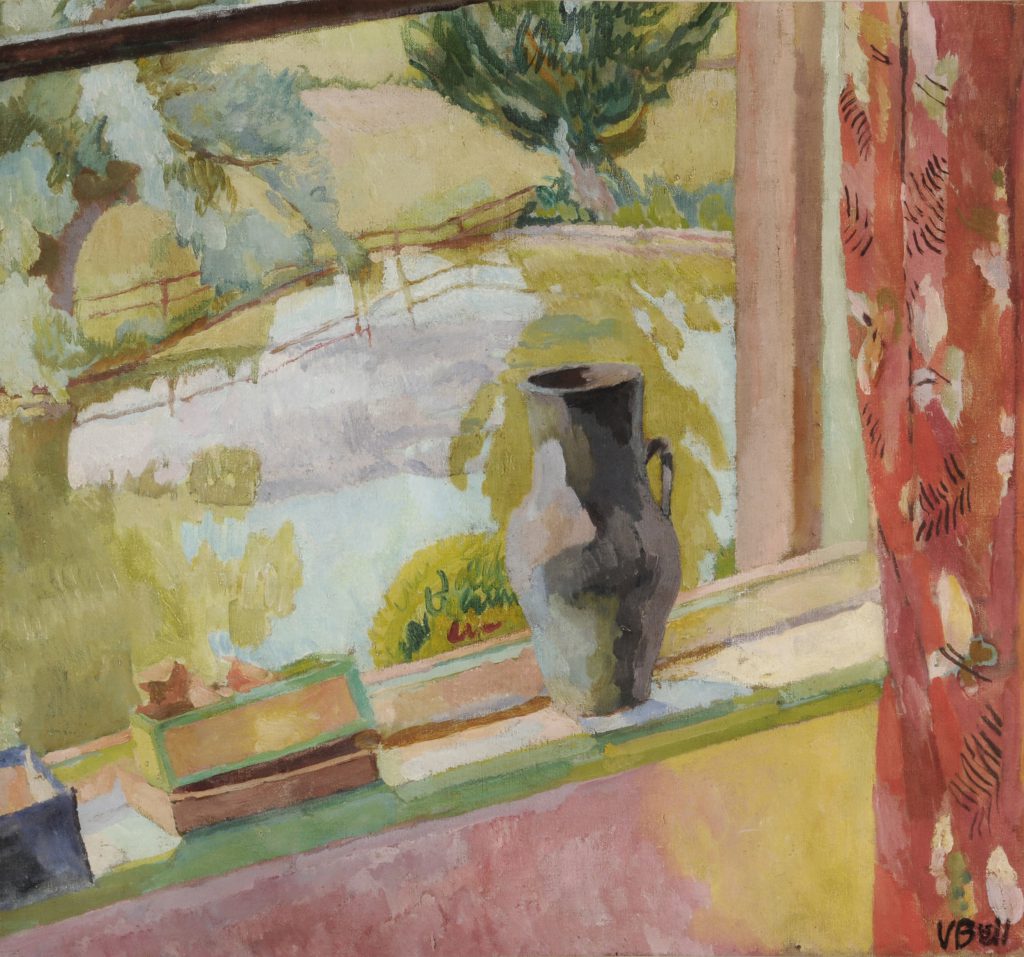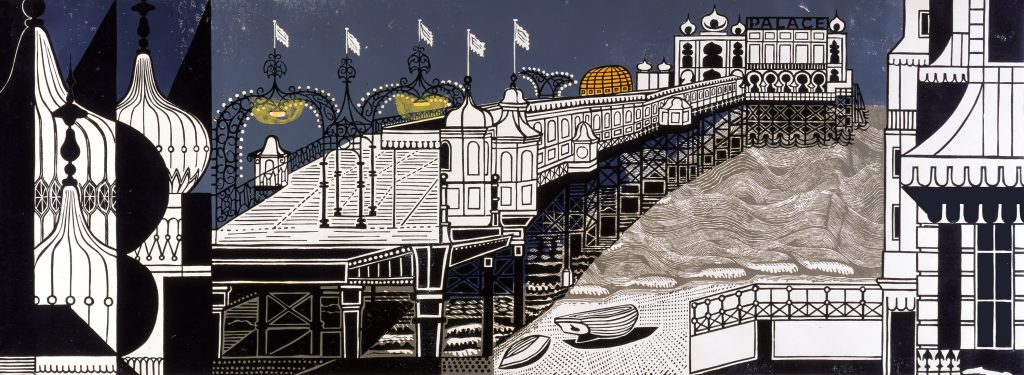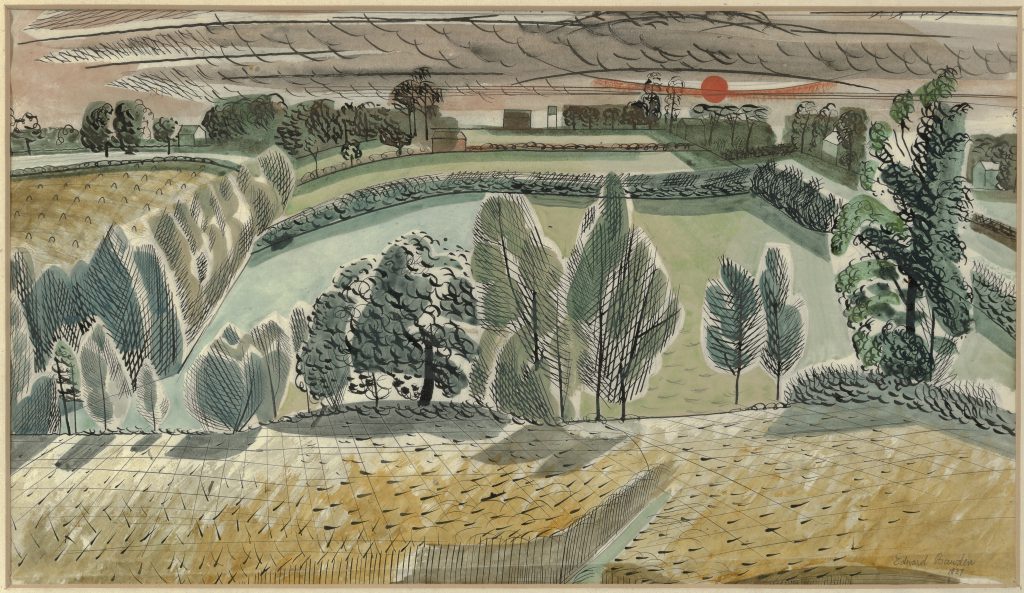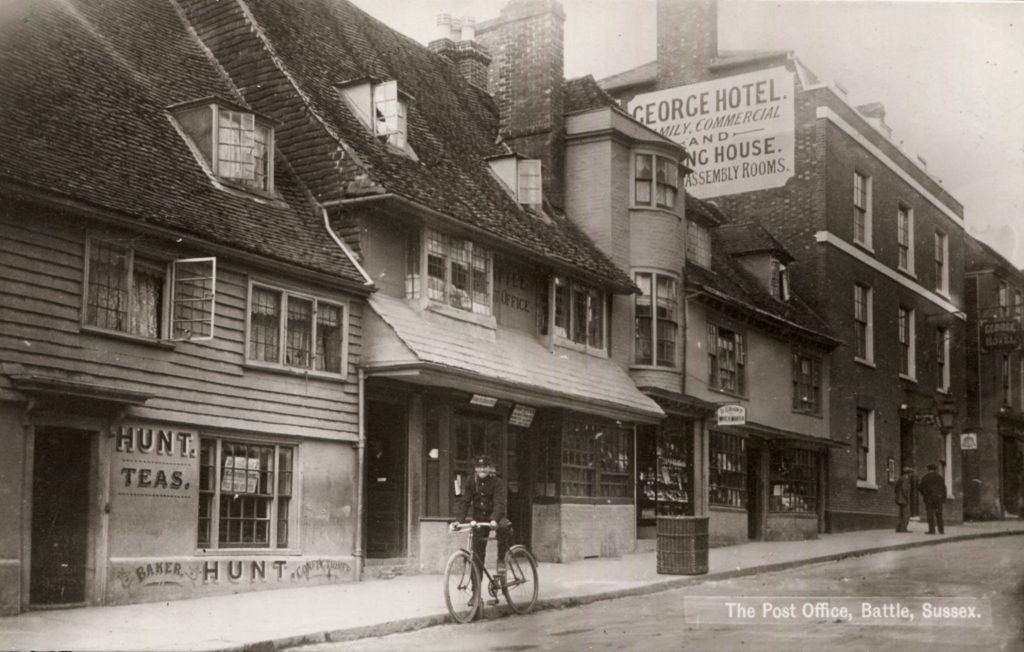
The Brian Stevens Postcard Collection provides a remarkable insight into the topography and social history of the county of Sussex.
The collection reflects Brian’s fascination with the postcards published by Arthur H. Homewood. Arthur Homewood ran his successful stationers business in Burgess Hill between 1885 and 1919.
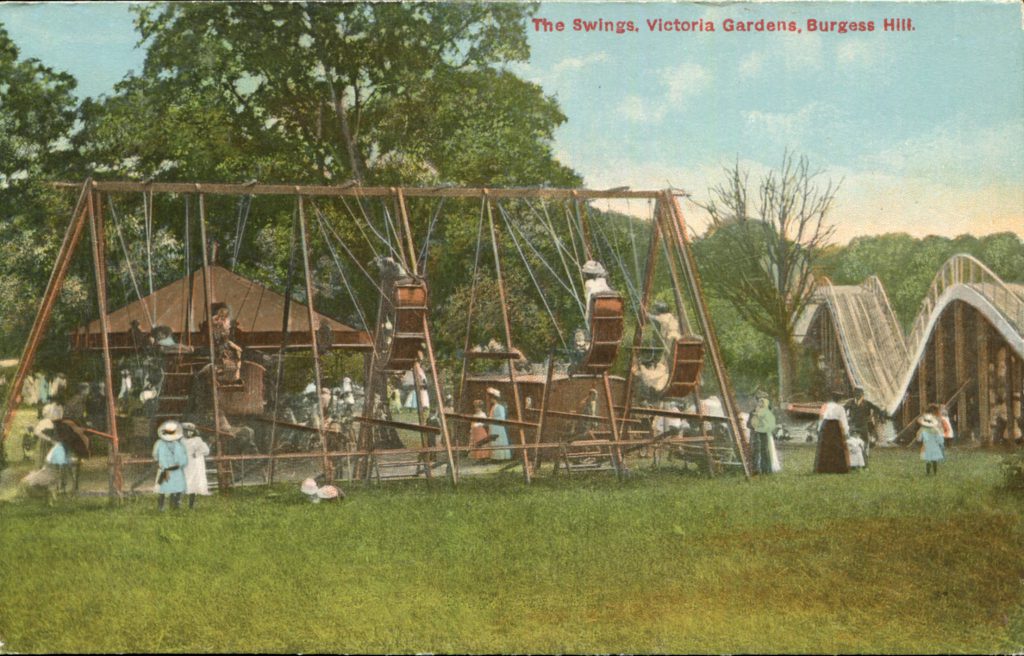
The belle époque of postcard sending was between 1899 and 1914. At the height of this craze, a reported average of more than 723,000 postcards were sent every day. Each card was delivered the following day and all for a halfpenny a time. As people posted cards they also started to collect them. With an estimated 264 million postcards delivered in a year, it is no surprise that photographers and publishers popped up in towns and villages across the British Isles to cash in on this boom.
Due to Post Office regulations, postcards started out smaller than the familiar size most of us would recognise today. These ‘court-size’ postcards were only allowed to have the address on one side, so any message would have to be shared with the publisher’s image. In 1902 the Post Office changed their rules, allowing for the more traditional postcard size. At the same time a dividing line was introduced on the reverse, allowing space for the address and, for the first time, a message too, freeing up the entire front for a pictorial design.
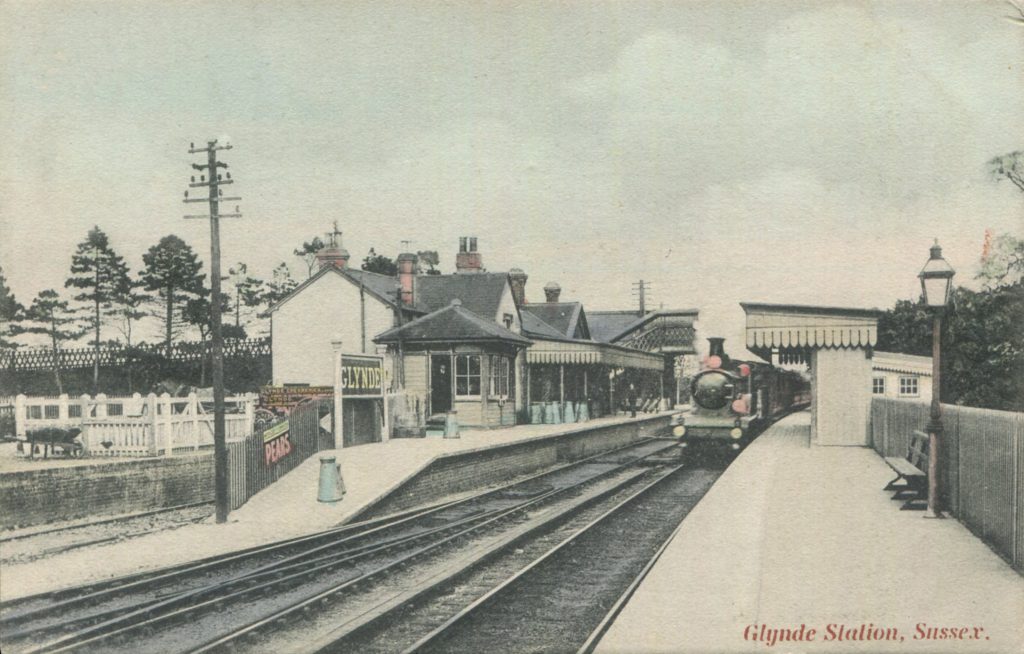
Homewood was a keen photographer and businessman and quickly realised the opportunities of the booming demand for postcards. Brian says “Between 1903 and 1918 Arthur Homewood published a large range of topographical picture postcards. Apart from a few depicting the Kent and Surrey borders the rest were of Sussex.”
Homewood visited Amberley, Findon, Billingshurst and the villages around Horsham but he seems to have concentrated on the towns and villages in mid-Sussex and East Sussex. Brian explains “He would meet with competition from other local photographers which would decide whether or not it would be viable for him to stay or move on to the next village.”
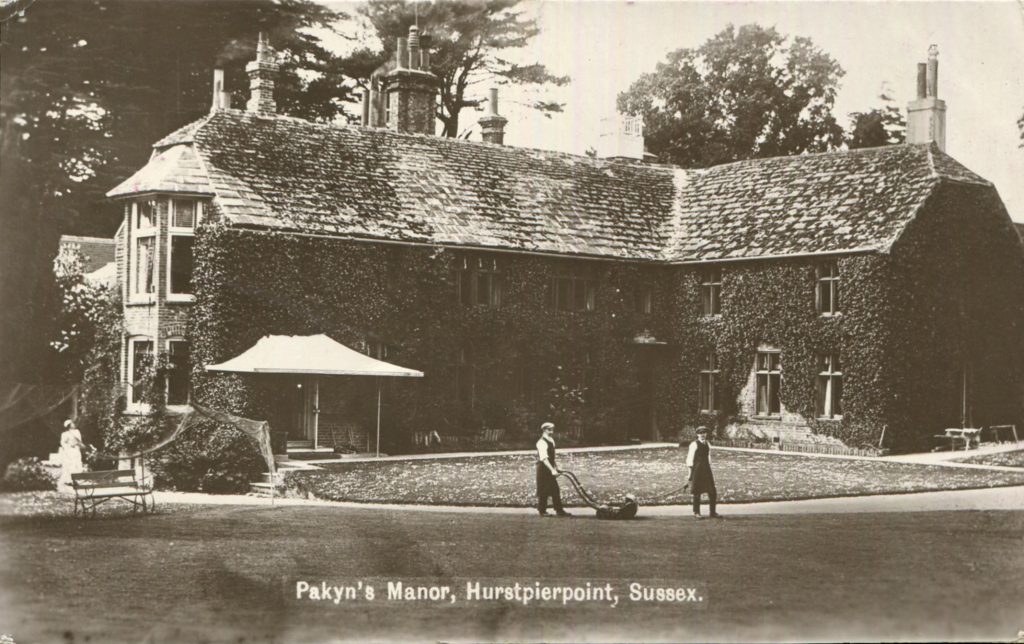
Homewood published printed and photographic postcards. His photographic postcards provide an accurate and unedited view of our country’s past – familiar scenes, now changed, and social history a century ago. Take for example the scene of the Post Office at Battle beside Hunt’s tea room, the watch makers and the George Hotel, or the gardeners mowing the lawn at Pakyns Manor at Hurstpierpoint.
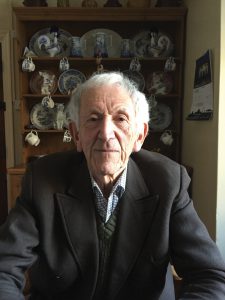
The Brian Stevens Collection of Homewood postcards reflects this remarkable collector’s specialist knowledge and passion for his subject. It will be offered for sale by auction at Toovey’s, Spring Gardens, Washington, West Sussex, RH20 3BS on Tuesday 10th July 2018.
If you would like more information on the Brian Stevens auction or advice on postcard collecting you can contact Nicholas Toovey by telephoning 01903 891955 or emailing auctions@tooveys.com.
By Rupert Toovey, a senior director of Toovey’s, the leading fine art auction house in West Sussex, based on the A24 at Washington. Originally published in the West Sussex Gazette.
